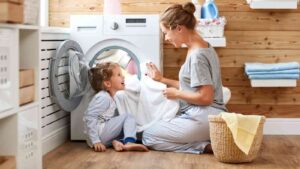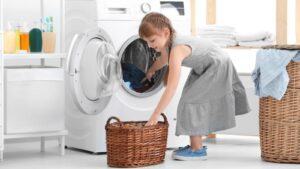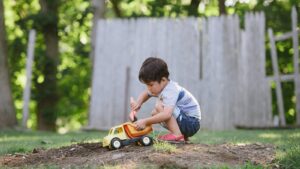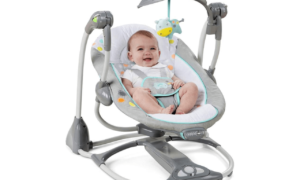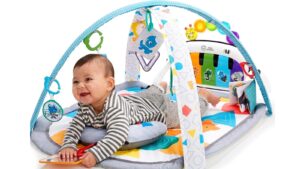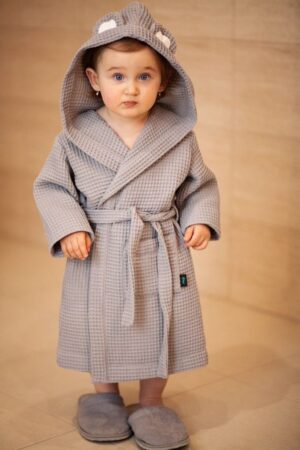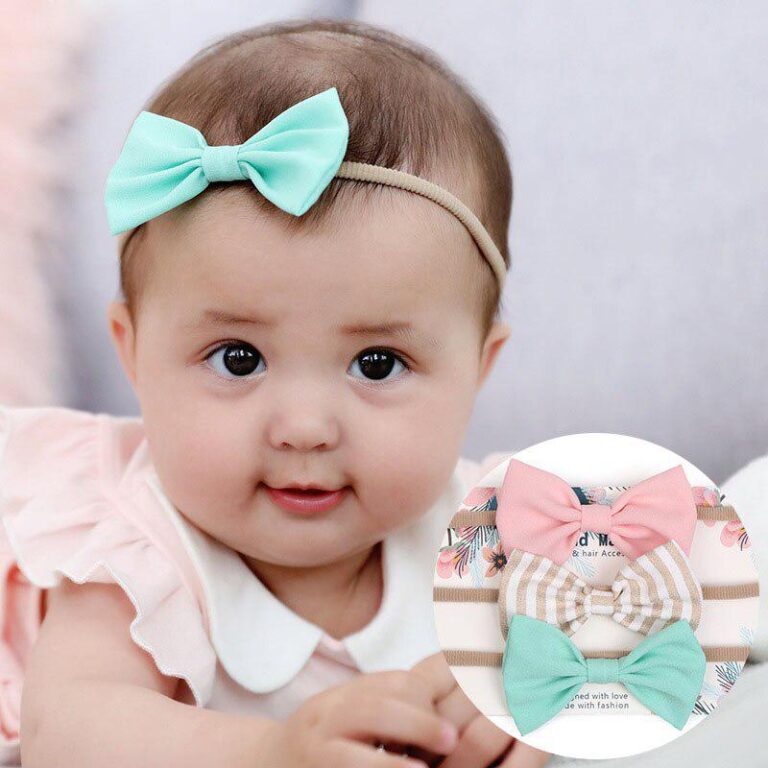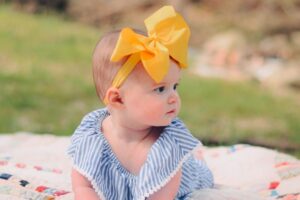Why Baby Wipes are a Must-Have for Parents
Baby wipes are a staple in every parent’s toolkit. They are:
- Convenient: Perfect for quick diaper changes and cleaning messes on the go.
- Versatile: Can be used for wiping hands, and faces, and even cleaning surfaces.
- Gentle: Designed with sensitive baby skin in mind, often hypoallergenic and fragrance-free.
Given how often babies need diaper changes and clean-ups, baby wipes are indispensable. But stocking up without knowing how many you’ll need can lead to waste or running out too quickly.
Factors Affecting How Many Baby Wipes You Need
Several factors determine how many baby wipes you’ll go through:
- Baby’s Age
- Newborns typically require more frequent diaper changes and clean-ups.
- Toddlers may need fewer wipes as they begin potty training.
- Frequency of Diaper Changes
- Most newborns need 8-12 diaper changes per day.
- As babies grow older, this reduces to 6-8 changes per day.
- Type of Mess
- Wet diapers usually require 1-2 wipes.
- Poopy diapers might need 3-5 wipes, depending on the mess.
- Baby’s Skin Sensitivity
- If your baby has sensitive skin, you may use more wipes to ensure thorough cleaning without irritation.
- Other Uses
- Parents often use wipes for quick clean-ups of hands, faces, and spills, increasing usage.
How Many Baby Wipes Per Day?
On average, here’s how many baby wipes you’ll use daily:
| Baby’s Age | Diaper Changes Per Day | Wipes Per Diaper Change | Total Wipes Per Day |
|---|---|---|---|
| Newborn (0-3 months) | 8-12 | 2-5 | 20-60 |
| Infant (3-6 months) | 6-8 | 2-4 | 12-32 |
| Toddler (6-12 months) | 6-8 | 1-3 | 6-24 |
| Toddler (12-24 months) | 4-6 | 1-2 | 4-12 |
Example Scenario:
- Newborn: 10 diaper changes × 4 wipes per change = 40 wipes per day.
- Toddler: 6 diaper changes × 2 wipes per change = 12 wipes per day.
How Many Wipes Per Week?
Let’s calculate weekly usage based on daily averages:
| Baby’s Age | Wipes Per Day | Total Wipes Per Week |
|---|---|---|
| Newborn (0-3 months) | 40 | 280 |
| Infant (3-6 months) | 20 | 140 |
| Toddler (6-12 months) | 15 | 105 |
| Toddler (12-24 months) | 10 | 70 |
For newborns, expect to use around 280 wipes per week. For toddlers, this reduces to around 70-105 wipes per week.
How Many Wipes Per Month?
Here’s a monthly breakdown of baby wipe usage:
| Baby’s Age | Total Wipes Per Week | Total Wipes Per Month (4 Weeks) |
|---|---|---|
| Newborn (0-3 months) | 280 | 1,120 |
| Infant (3-6 months) | 140 | 560 |
| Toddler (6-12 months) | 105 | 420 |
| Toddler (12-24 months) | 70 | 280 |
Stocking Up Tip:
For a newborn, plan to purchase around 1,100 to 1,200 wipes per month. For older babies or toddlers, 400-600 wipes per month should suffice.
How Many Wipes for a Year?
To help you budget and stock up, here’s a yearly estimate:
| Baby’s Age | Wipes Per Month | Total Wipes Per Year |
|---|---|---|
| Newborn (0-3 months) | 1,120 | 13,440 |
| Infant (3-12 months) | 560 | 6,720 |
| Toddler (12-24 months) | 400 | 4,800 |
On average, you’ll go through 10,000-12,000 wipes in your baby’s first year.
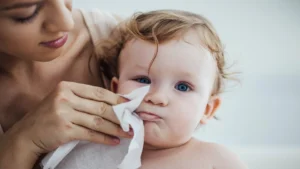
Cost of Baby Wipes: How Much to Budget?
Baby wipes can vary in price based on the brand and quality. Here’s a cost breakdown:
- Budget Brands: $0.02-$0.03 per wipe
- Mid-Range Brands: $0.03-$0.05 per wipe
- Premium Brands: $0.05-$0.07 per wipe
Monthly Cost Estimate:
- Newborns (1,200 wipes): 1,200 × $0.03 = $36 per month
- Toddlers (400 wipes): 400 × $0.03 = $12 per month
Annual Cost Estimate:
- For newborns: $400-$500 per year on wipes.
Tips for Saving on Baby Wipes
- Buy in Bulk: Buying larger packs or subscribing to delivery services can save money.
- Store Brands: Many brands offer comparable quality to name brands for less.
- Reusable Cloth Wipes: If you’re eco-conscious, reusable wipes can reduce costs long-term.
- Coupons and Discounts: Watch for promotions or join baby supply mailing lists.
Choosing the Right Baby Wipes
When selecting wipes, consider:
- Ingredients: Look for fragrance-free, hypoallergenic options for sensitive skin.
- Thickness: Thicker wipes are more durable and may reduce how many you use.
- Eco-Friendliness: Biodegradable wipes are a sustainable option.
Conclusion
Knowing how many wipes you need helps you plan better and stay stocked up without overspending. Newborns generally require more wipes, while usage gradually decreases as your child grows. By understanding daily, weekly, and monthly needs, you can confidently prepare for your baby’s care. Remember to buy in bulk, look for deals, and choose the best wipes for your baby’s skin.
FAQs
1. How many baby wipes should I pack in a diaper bag?
Pack around 10-20 wipes for a day trip to cover diaper changes and small messes.
2. How long does a pack of baby wipes last?
A typical pack of 80 wipes may last around 2-4 days for a newborn.
3. Can I use baby wipes for other purposes?
Yes! They are great for wiping hands, and faces, and cleaning up small spills.
4. Do baby wipes expire?
Unopened wipes last about 2 years, while opened packs should be used within 3 months.
5. How many baby wipes should I buy before my baby arrives?
Stock up on 1,000-1,200 wipes for the first month to be safe.



